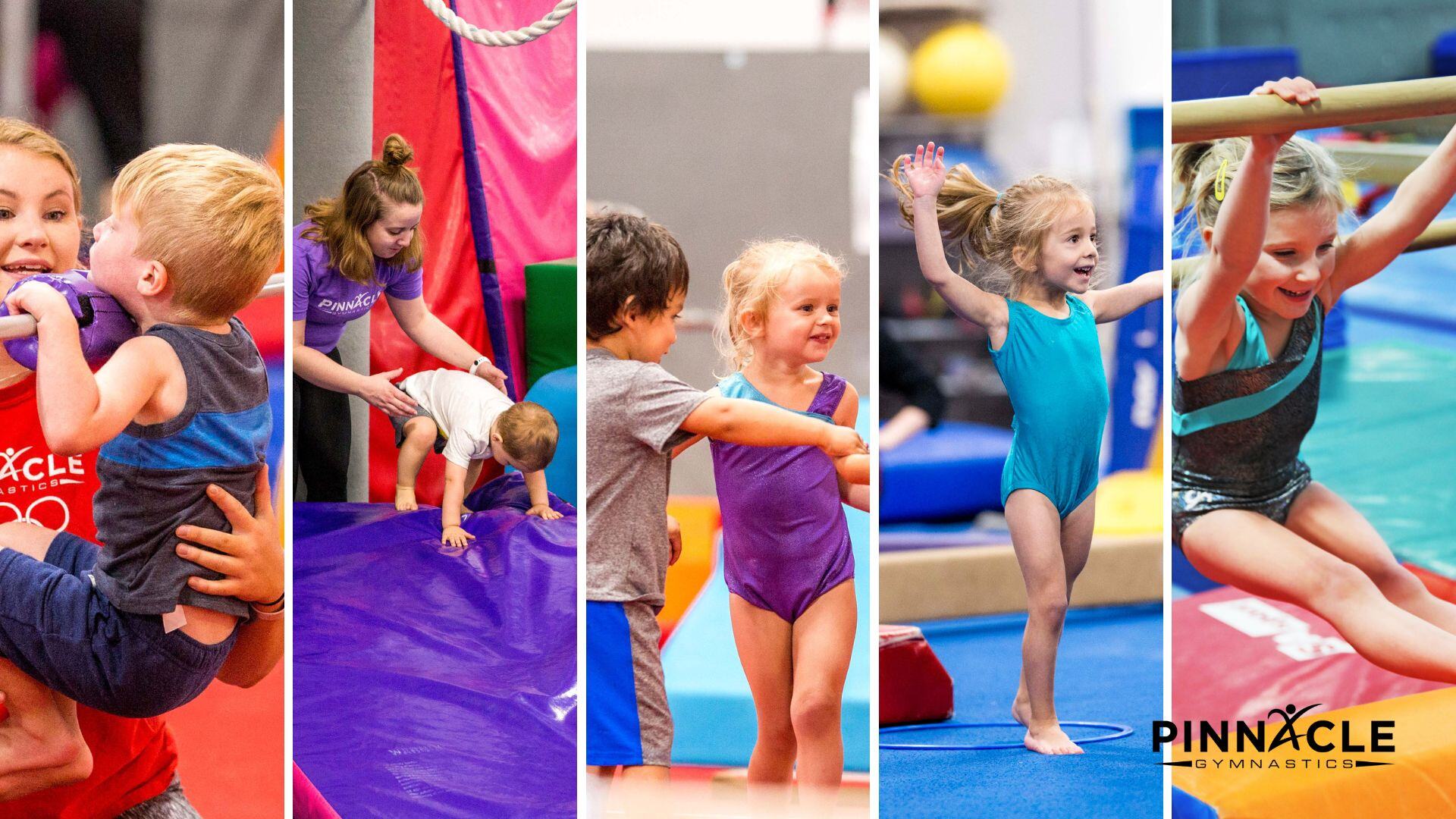The age of electronics; one-click shopping, online friendships, and math applications may be making our children more technologically savvy but with too much technology, children are growing up with weak hands and fingers. Tablets and other electronic devices are now becoming staple items in the classroom, and kids are now using these devices at younger ages as methods parents use to distract kids at restaurants and other public places. This increase in device time may be preventing children from developing necessary hand strength to hold pencils, cut with scissors and perform other tasks that children their age should be able to do.

5 Simple Ways to Develop Hand Strength at Home
According to a new review from the Heart of England Foundation NHS Trust, kids are coming into classrooms ill-prepared for writing, fastening buttons or other activities that require finger muscle strength. The British pediatric doctors behind the study say technology is to blame, and the lack of traditional fine motor activities such as lacing cards, stringing beads, and coloring just to name a few.
1. Water Squeeze
What child doesn't love bath time? Throw in some various washcloths and sponges and have your child squeeze the water out of them.
2. Carrying Shopping Bags
Preschoolers love to help out around the house. Have your child help by carrying grocery sacks from the car to the kitchen.
3. Use a Water Bottle
Assign chores such as spraying the plants, washing windows or cleaning table tops using a water spray bottle. The child can increase his grip strength by squeezing the trigger on the water bottle.
4. Tug of War
Using a small dish towel, play tug of war, encouraging the child to hold tight while you pull the cloth.
5. Play Dough
All of the squishing, pinching, rolling and squeezing help to strengthen the muscles in the fingers and hands.

Developing your child's hand strength and fine motor skills is linked to more than just handwriting and zipping zippers. Researchers have found a connection between how the brain transitions from right-brained learning (creative, emotions) to move left-brained learning (logical, critical thinking). If the brain fails to transition from right brain learning to left brain learning, children become more emotional instead of logical as they get older. This may be one reason why parents and teachers are seeing more attention issues in the classroom, sensory struggles, and meltdowns.
Learn More:




